Write up letter for employee template
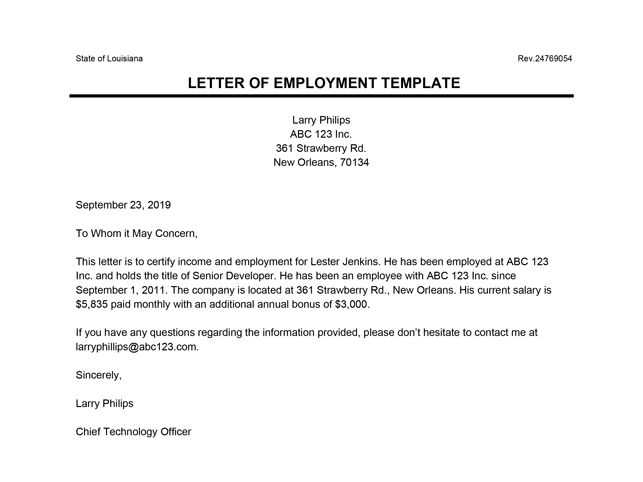
Writing a clear and constructive write-up letter for an employee is a straightforward process when you focus on clarity and professionalism. It’s important to address the issue directly, provide specific examples, and clearly state the desired behavior moving forward. Below is a basic template that you can tailor to fit the situation.
Start by addressing the letter to the employee, keeping the tone professional and respectful. Outline the purpose of the letter in the first paragraph, including the date of the incident or the behavior in question. Be specific about the actions that led to the write-up, and avoid generalizations or assumptions. For example, “On January 15th, you failed to meet the project deadline, which affected the team’s progress and caused delays.”
Next, explain the consequences of the behavior. Focus on how it impacts the team, the work environment, or the company as a whole. This helps the employee understand the broader implications of their actions. Follow up with a statement of expectations moving forward, ensuring they know what is required to avoid further disciplinary action. Offer support or resources if appropriate, such as additional training or clarification of responsibilities.
Close the letter with an invitation for a discussion if needed. This ensures that the employee feels heard and has the opportunity to address any concerns or misunderstandings. Be sure to end on a positive note, encouraging improvement and offering assistance to help them succeed in the future.
Write Up Letter for Employee Template
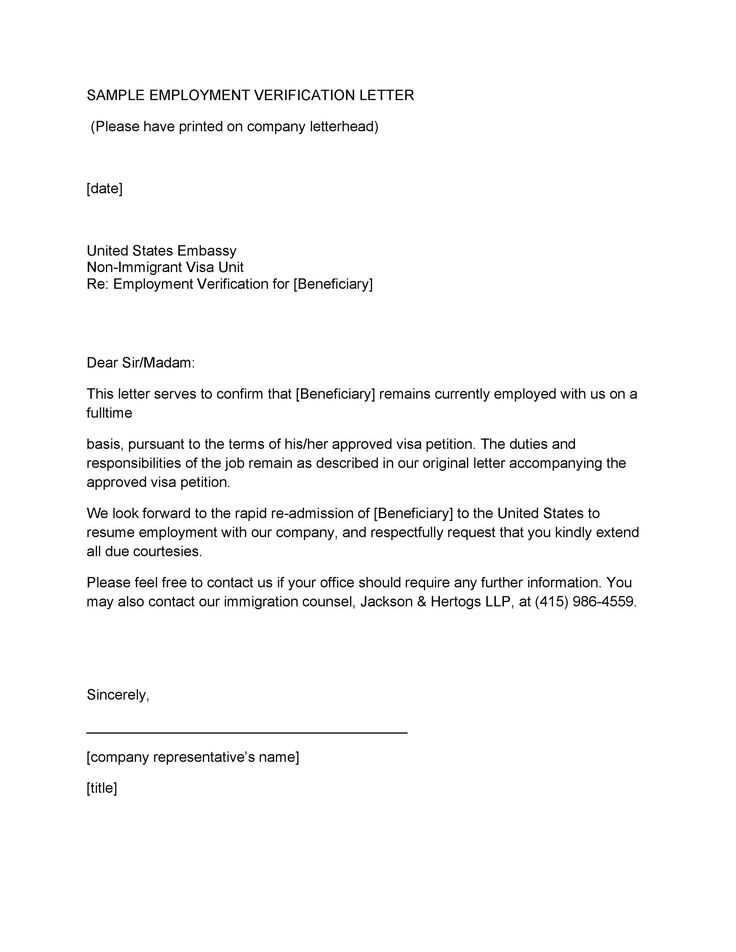
Clearly address the issue and set the path for improvement. Make sure to be direct, yet supportive, ensuring the employee understands the steps they need to take moving forward.
Template
Employee Name: [Employee’s Name]
Position: [Employee’s Job Title]
Department: [Department Name]
Date: [Date]
Subject: Formal Write-Up for [Issue]
Dear [Employee’s Name],
This letter serves as formal documentation regarding your [performance/behavior]. On [specific date], you [describe the issue briefly–be clear and factual]. Despite prior discussions on [dates of earlier warnings or meetings], this issue persists.
We need you to [describe corrective action expected, e.g., improve your punctuality, meet project deadlines]. We expect this change by [date], and failure to do so may result in further disciplinary actions, including [list potential outcomes, such as suspension or termination].
If you require assistance or have any questions, please reach out to [supervisor’s name or HR contact]. We are here to help you succeed and grow within the team.
Sincerely,
[Your Name]
[Your Job Title]
[Company Name]
Best Practices
Be specific in addressing the issue, ensuring the employee knows what is expected and how to correct the behavior. Clearly outline the consequences of further infractions and offer support where needed.
Step-by-Step Guide to Structuring a Write-Up Letter
Begin the write-up with a clear heading that identifies the document’s purpose, such as “Employee Write-Up” or “Performance Concerns.” This sets the tone for what follows.
1. Include Employee Information
At the start, state the employee’s name, position, and department. Mention the date of the write-up as well.
2. Detail the Issue or Concern
Describe the specific behavior or performance issue that prompted the write-up. Avoid generalizations; focus on concrete examples and facts. Clearly state the dates, incidents, and any supporting documentation that illustrates the problem.
3. Reference Company Policies or Expectations
Point out the specific company policies or job expectations that have been violated. Make it clear how the behavior deviates from what is expected. This ensures the employee understands the context and seriousness of the issue.
4. Provide a Clear Consequence
Explain the potential consequences if the issue is not addressed. Be direct about the next steps, such as further disciplinary action or potential termination. Ensure this section is straightforward and leaves no room for misunderstanding.
5. Outline the Expectations for Improvement
Provide a clear roadmap for how the employee can improve. Mention any resources, support, or training opportunities available. This gives the employee a chance to rectify the behavior and meet performance standards.
6. Close with a Signature and Date
End the write-up with a section for the employee and the supervisor to sign. Include a date to confirm the letter was received. This formalizes the document and ensures both parties acknowledge the content.
How to Address the Employee’s Behavior or Performance Issue Clearly
Be specific about the behavior or performance that needs attention. Clearly describe what the employee has done, referencing exact actions or missed expectations. Avoid generalizations or vague terms like “poor attitude” or “lack of effort.” For example, instead of saying “You aren’t meeting expectations,” say, “You missed the last two project deadlines, which impacted the team’s ability to move forward.” This way, the issue is clear and measurable.
Focus on the impact of the behavior or performance issue. Explain how it affects the team, the department, or the company. For instance, “When you don’t attend team meetings, it delays decision-making and creates confusion for others.” This helps the employee understand the broader context of their actions.
Provide an opportunity for the employee to share their side. Ask if there are any challenges they are facing that may have contributed to the behavior or performance issue. Sometimes external factors may be influencing their actions, and understanding this can help find a more effective solution.
Offer clear next steps for improvement. Outline the specific actions you expect from the employee moving forward. For example, “Please ensure you meet deadlines moving forward, and let me know in advance if you need additional resources or time.” Setting clear expectations helps the employee understand what is required of them.
Finally, express your confidence in the employee’s ability to improve. Reinforce that the goal is to support them in meeting the standards and help them succeed. For example, “I know you are capable of meeting these expectations, and I’m here to help if you need support.” This motivates the employee to take responsibility for their improvement while feeling supported.
Best Practices for Writing a Professional and Respectful Tone
Always address the employee by their name to maintain a personal touch. Using the person’s name helps convey respect and makes the communication more direct.
Be clear and concise in your message. Avoid unnecessary jargon or overly complex sentences. Make sure the main points stand out and are easily understood.
Maintain a neutral and calm tone. Avoid using overly emotional or harsh language, even if the issue being addressed is serious. Keep your language objective, focusing on the facts rather than making personal judgments.
Avoid Ambiguity
Clarify expectations without leaving room for misunderstanding. Make sure the language you use is straightforward and specific, particularly when discussing goals or areas for improvement. Ambiguity can lead to confusion and frustration.
Be Constructive
Offer feedback in a way that encourages growth. Instead of focusing solely on what went wrong, highlight how the employee can improve and what steps they can take. Positive reinforcement goes a long way in maintaining morale.
When to Include Specific Examples of the Employee’s Actions
Specific examples should be included in a write-up letter whenever you want to provide clear evidence of the employee’s performance. These examples give context and show exactly how the employee’s actions align with or contradict company expectations. Be precise about the actions that were taken and how they impacted the work environment, team, or outcomes.
When Performance is Unclear
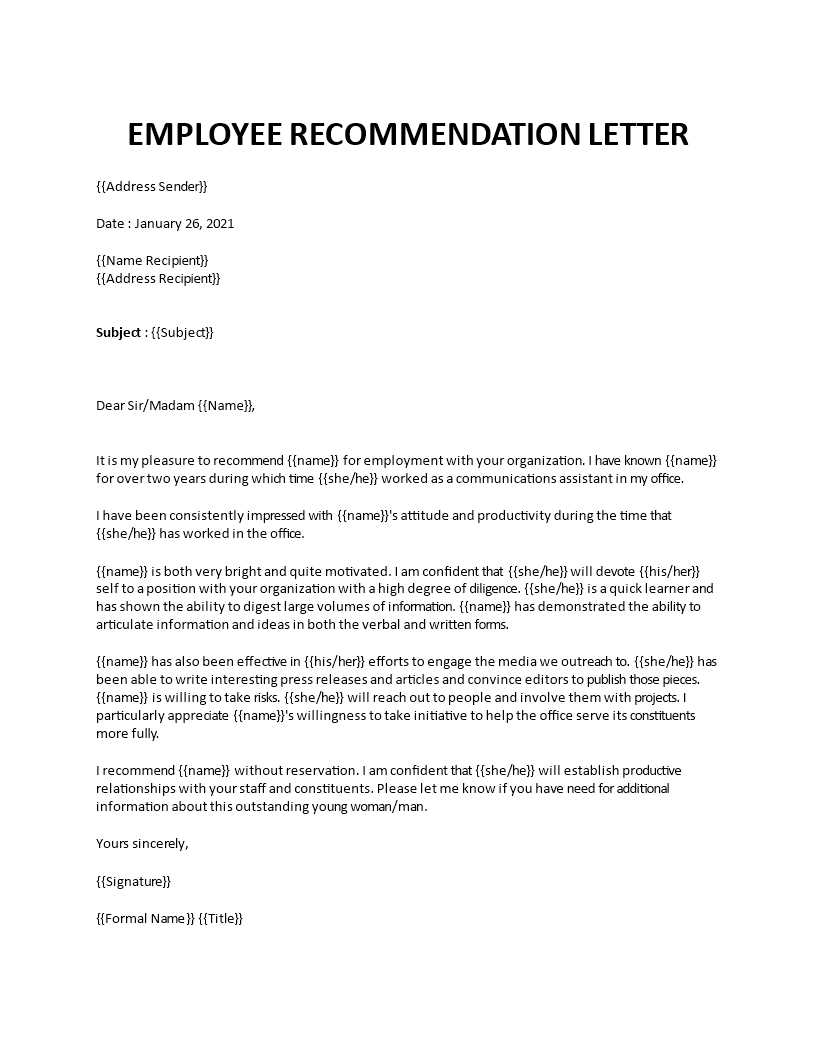
Include examples when performance is difficult to assess or when you need to clarify expectations. Specific actions provide clarity and help the employee understand what they can improve. For example, if an employee frequently misses deadlines, include instances of missed deadlines with dates to give a clear picture of the issue.
When Addressing Specific Behavior
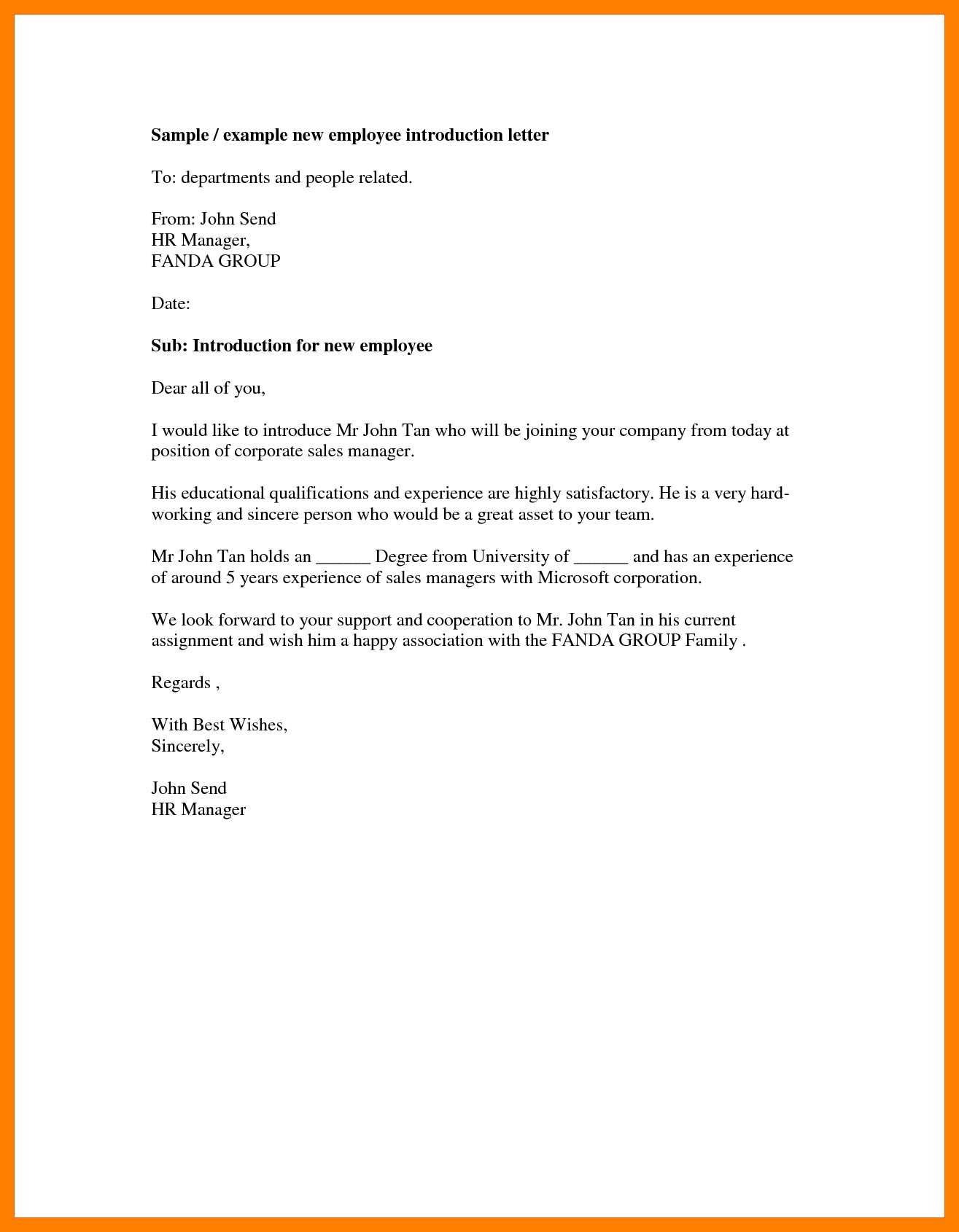
Provide examples when addressing specific behaviors, both positive and negative. For instance, if an employee exceeds expectations in customer service, mention particular instances where they handled difficult customers with exemplary skills. On the other hand, if an employee has repeatedly displayed unprofessional conduct, offer direct examples of these actions.
| Action | Context | Impact |
|---|---|---|
| Late submission of reports | Reports were due on January 15th and 22nd | Delayed project timelines |
| Resolved customer complaints effectively | Handled three complex cases on February 1st | Improved customer satisfaction and retention |
By adding specific examples, you also make the write-up more objective and less open to interpretation. This approach fosters clearer communication and encourages the employee to take responsibility for their actions or to understand their strengths better.
How to Outline the Consequences of Continued Issues in the Letter
Be clear about the potential outcomes if the employee does not address the ongoing issues. Specify how the situation may escalate if improvements are not made, such as increased monitoring, further disciplinary action, or possible termination. Provide concrete examples of the behavior or performance that needs to change, and explain how the employee’s actions affect the team or company. Focus on the impact their actions have on the work environment, team productivity, or the company’s bottom line. Avoid vague statements and keep the tone focused on the necessity for change.
For example, mention that continued delays may result in missed project deadlines, which could lead to customer dissatisfaction or financial loss. Alternatively, if the issue relates to attendance, explain how frequent absences disrupt workflow and force colleagues to pick up the slack. Ensure the employee understands that these behaviors are not sustainable and outline the specific expectations moving forward.
Offer a timeline for improvement. Setting clear deadlines for when changes should take place helps the employee understand the urgency and gives them a measurable goal to work toward. Let them know that you are open to providing support or guidance if necessary, but make it clear that their efforts will determine the outcome.
Providing Opportunities for Employee Improvement and Support
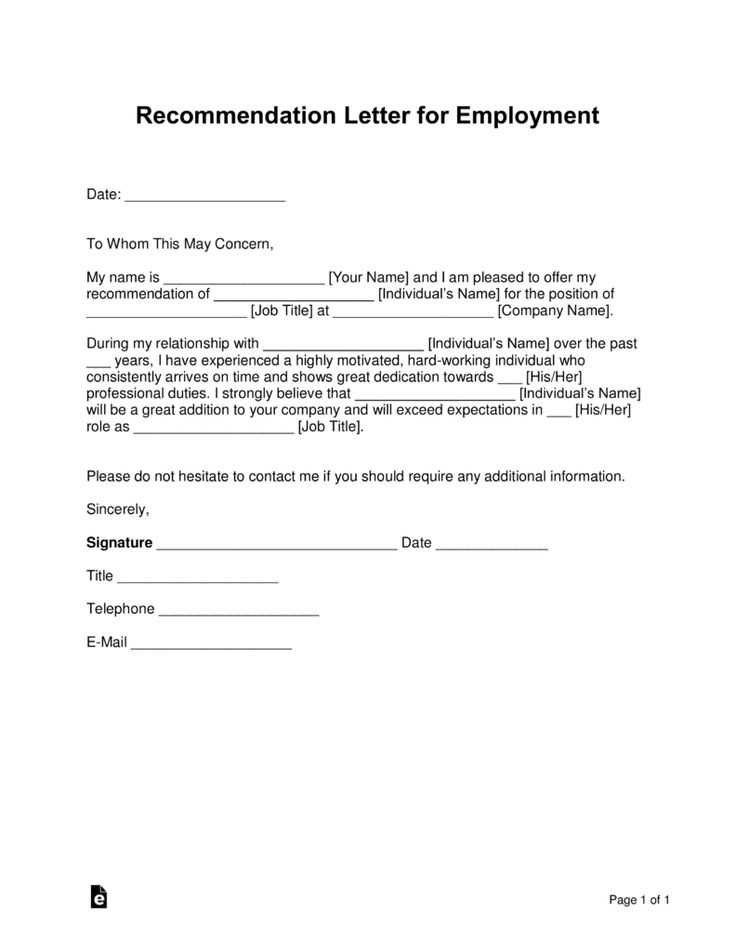
Identify key areas for growth in each team member’s performance. Use regular one-on-one meetings to pinpoint specific skills that need attention, such as time management or task prioritization. Set clear expectations for improvement and outline the resources available to help achieve these goals.
Offer continuous learning opportunities. Encourage participation in workshops, courses, or seminars related to the employee’s role. Provide access to relevant industry webinars or online training platforms to enhance their skills.
- Provide mentoring or coaching for personal development and leadership training.
- Assign a peer to assist with skill-building, promoting teamwork and knowledge sharing.
- Offer constructive feedback on a regular basis, focusing on actionable insights.
Ensure employees have the tools and support they need to succeed. Regularly assess whether they have access to the right technology, software, or workspace. Address any obstacles that hinder performance and make adjustments where necessary.
Encourage open communication by creating an environment where employees feel comfortable discussing their concerns or seeking guidance. Make it clear that you are available for support, whether for work-related challenges or personal matters impacting their performance.
- Establish a clear feedback loop to monitor progress and adapt support as needed.
- Provide recognition for improvements, no matter how small, to build confidence and motivation.
Lastly, set measurable objectives with a timeline. Break larger goals into manageable milestones and track progress. Celebrate achievements at each stage to keep momentum high and ensure sustained improvement.